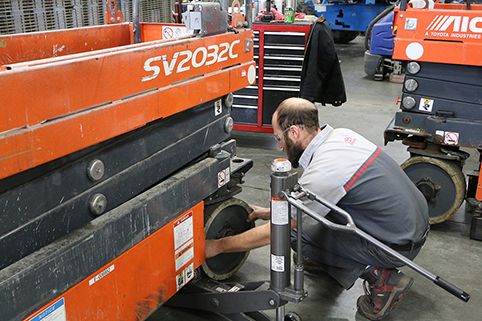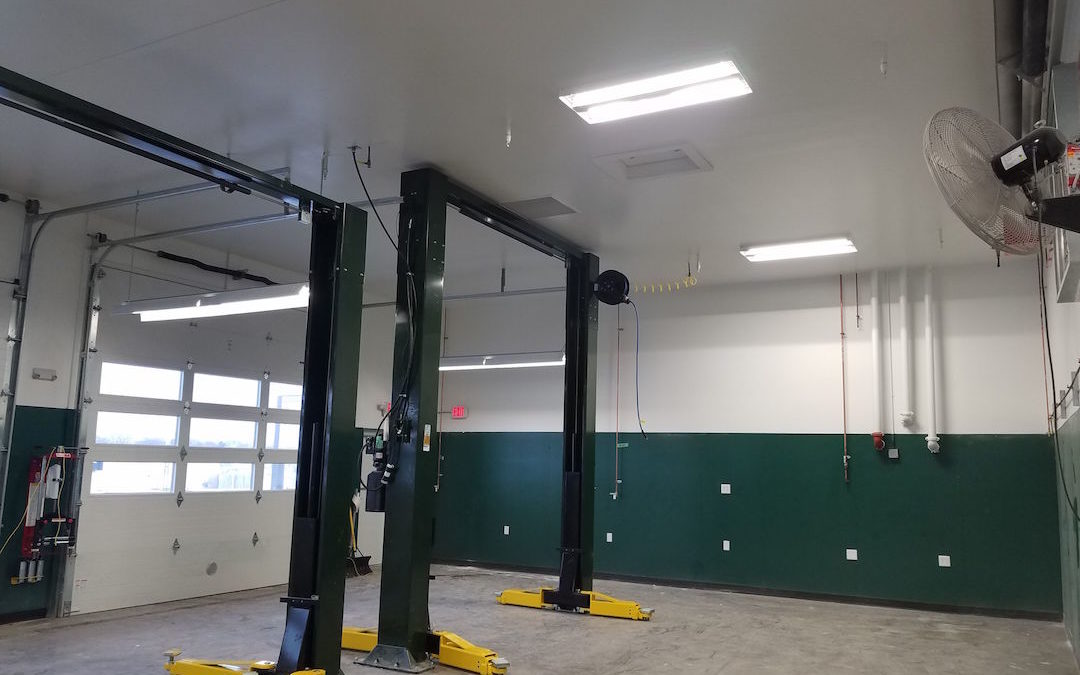Comprehensive Overview to Lift Systems and Their Maintenance
Browsing the complex world of elevator systems and their upkeep is a task that requires accuracy and knowledge. From the numerous sorts of lift systems being used to the meticulous adherence to safety and security policies, the upkeep of these upright transportation tools is a diverse endeavor. As structures rise greater and technology breakthroughs, the requirement for an extensive understanding of lift systems ends up being significantly vital. Join us as we unravel the intricacies of lift maintenance, discovering common concerns, best techniques, and advanced modern technologies that shape the modern-day landscape of vertical transport.
Kinds Of Lift Systems
The most usual kinds consist of hydraulic lifts, grip lifts, machine-room-less elevators, and vacuum elevators. Hydraulic lifts are excellent for low-rise structures and make use of a hydraulic piston to relocate the lift cars and truck. Machine-room-less lifts are a space-saving choice as they do not need a separate equipment area for the lift equipment.
Each kind of elevator system has its own advantages and disadvantages, making it crucial for structure proprietors and designers to meticulously consider their details demands prior to choosing the most ideal alternative. Aspects such as developing height, room accessibility, energy efficiency, and budget restraints all play a considerable function in determining the ideal lift system for a specific structure.
Common Upkeep Problems
Regular maintenance of elevator systems is important to guarantee smooth operation and extend their life expectancy. Despite regular upkeep, elevator systems can still encounter usual upkeep concerns that require to be immediately dealt with to stop interruptions in solution. Normal examinations and aggressive upkeep can assist identify and deal with these common upkeep problems before they escalate and impact the overall efficiency of the lift system.
Security Regulations and Conformity
Abiding by strict safety regulations and making certain conformity with sector criteria are vital for preserving the operational honesty of elevator systems. Lifts go through a detailed set of safety and security guidelines to secure travelers, maintenance employees, and the general public. Governing bodies such as the Occupational Security and Health Management (OSHA) in the United States and the European Lift Organization (ELA) in Europe establish standards that cover numerous aspects of lift design, upkeep, installation, and procedure.
Compliance with these laws is not only a lawful requirement but additionally an ethical commitment for building proprietors and lift maintenance firms. Failure to satisfy safety standards can lead to fines, lawful obligations, and, most notably, jeopardize the security of people using the elevator. Normal inspections, maintenance checks, and adherence to safety and security protocols detailed in the laws are necessary to ensure the reliable and safe operation of lift systems. By prioritizing safety laws and compliance, stakeholders can maintain the trust fund of the public and alleviate prospective threats linked with elevator use.
Finest Practices for Maintenance

Structure proprietors must also take into consideration investing in innovation upgrades to improve the performance and security of their lift systems. By complying with these ideal methods, lift systems can operate efficiently and safely, giving reputable upright transportation for owners.

Advanced Technologies for Effectiveness
Executing innovative innovations in lift systems can dramatically boost functional effectiveness and traveler experience. lift maintenance company. Among the essential developments in elevator original site technology is the intro of location control systems. These systems enable travelers to input their desired floor prior to going into the elevator, which then routes them to one of the most effective vehicle. By optimizing and decreasing unneeded stops traveling paths, location control systems minimize wait times and blockage in high-traffic buildings.
Moreover, the combination of smart sensing units and predictive upkeep capabilities has actually revolutionized lift upkeep. These sensors can detect prospective concerns prior to they escalate, making it possible for proactive upkeep interventions and lessening downtime. Additionally, making use of energy-efficient components and regenerative drives helps in reducing power intake and operating costs in lift systems.
Additionally, the application of cloud-based surveillance and remote diagnostics allows for real-time monitoring of lift performance and instant troubleshooting of any kind of breakdowns. This proactive technique not just improves system dependability however additionally boosts the general customer experience by guaranteeing smooth and undisturbed elevator operations.
Final Thought
To conclude, understanding the different kinds of elevator systems, typical upkeep concerns, safety and security guidelines, finest maintenance practices, and advanced innovations for effectiveness is critical for ensuring the smooth operation of elevators. By adhering to safety policies and executing finest techniques for upkeep, building proprietors can prolong the lifespan of their lift systems and ensure the safety of passengers. It is necessary to stay updated on the latest advancements in elevator modern technology to boost performance and integrity.
The most usual kinds include hydraulic elevators, traction lifts, machine-room-less lifts, and vacuum cleaner elevators. Hydraulic elevators are ideal for low-rise buildings and make use of a hydraulic piston to relocate the elevator auto. Machine-room-less lifts are a space-saving alternative as they do not need a separate machine area for the lift machinery. Regular inspections and aggressive page upkeep can help identify and settle these usual upkeep problems before they escalate and influence the general performance of the lift system.
